
SENSELESS
SECRETS
STACKPOLE BOOKS
An imprint of Globe Pequot, the trade division of
The Rowman & Littlefield Publishing Group, Inc.
4501 Forbes Blvd., Ste. 200
Lanham, MD 20706
www.rowman.com
Distributed by NATIONAL BOOK NETWORK
Copyright 1996 by Michael Lee Lanning
Introduction to 2022 edition copyright 2022 by Michael Lee Lanning
All rights reserved . No part of this book may be reproduced in any form or by any electronic or mechanical means, including information storage and retrieval systems, without written permission from the publisher, except by a reviewer who may quote passages in a review.
British Library Cataloguing in Publication Information available
Library of Congress Cataloging-in-Publication Data
Names: Lanning, Michael Lee, author.
Title: Senseless secrets : the failures of U.S. military intelligence from the Revolution to Afghanistan / Lt. Col. (Ret.) Michael Lee Lanning.
Description: 2022 edition. | Essex, Connecticut : Stackpole Books, 2022. | Includes bibliographical references and index.
Identifiers: LCCN 2022014890 (print) | LCCN 2022014891 (ebook) | ISBN 9780811771931 (cloth) | ISBN 9780811772105 (ebook)
Subjects: LCSH: Military intelligenceUnited StatesHistory.
Classification: LCC UB251.U5 L36 2022 (print) | LCC UB251.U5 (ebook) | DDC 355.3/4320973dc23/eng/20220405
LC record available at https://lccn.loc.gov/2022014890
LC ebook record available at https://lccn.loc.gov/2022014891
 The paper used in this publication meets the minimum requirements of American National Standard for Information SciencesPermanence of Paper for Printed Library Materials, ANSI/NISO Z39.48-1992.
The paper used in this publication meets the minimum requirements of American National Standard for Information SciencesPermanence of Paper for Printed Library Materials, ANSI/NISO Z39.48-1992.
To Thomas R. Hargrove,
who was taken hostage by Columbian guerillas on
September 23, 1994,
and finally freed on August 22, 1995
and
Susan Sheldon Hargrove,
who vigilantly worked for his release
*****
Guide
R esearch for this book was assisted by the staff of the National Archives and Records Administration in Washington, D.C.; the Director of Public Affairs, Central Intelligence Agency; Office of Public Affairs, Department of Defense; Office of Public Affairs, U.S. Army; Office of Information, U.S. Navy; Air Intelligence Agency, U.S. Air Force; and the Public Affairs Office, U.S. Marine Corps.
Library resources were provided by the U.S. Army Intelligence Center and School (USAICS), Fort Huachuca, Arizona; the Arizona State University Library, Tempe, Arizona; and the public libraries of Phoenix, Scottsdale, and Tempe, Arizona.
Acquisition of valuable reports was expedited by the offices of Representative Norman Sisisky (D-Va.), chairman of the House of Representatives Committee on Armed Services Subcommittee on Oversight and Investigations; and Representative Gary A. Condit (D-Calif.), chairman of the House of Representatives Subcommittee on Information, Justice, Transportation, and Agriculture of the Committee on Government Operations.
Research assistance, advice, and encouragement were provided by my good friend Dan Cragg of Springfield, Virginia.
As with all my books, my best editor and critic remains my wife, Linda.
I ntelligence, simply defined, is information about an adversary. This information falls into political, economic, technical, and military categories, with the lines of demarcation among them vague, depending on the situation. Military intelligence further separates into two categories. Strategic intelligence is information required for the formation of policy and military plans at national and international levels. Tactical intelligence is information required for the planning and conduct of military operations. Again, the distinction between the two is often difficult to determine. The purpose of military intelligence is to provide knowledge about the capabilities, intentions, and vulnerabilities of the enemy as well as facts about the terrain and climate of the proposed area of operations. This book focuses on those instances in American history where intelligence, particularly tactical intelligence, has failed to accomplish these objectives.
Military intelligence, used throughout this text for the readers ease of understanding, is a term of recent origin. George Washington wrote about the necessity of procuring good intelligence, but after the American Revolution the more frequently used term was information. During the Civil War, commanders on both sides spoke of military information. The U.S. Navy favored intelligence when it established the Office of Naval Intelligence in 1882, but the U.S. Army in 1885 named its newly formed intelligence organization the Military Information Division. The first recorded use of the term intelligence information appeared with publication of the memoirs of General Philip Sheridan in 1888. It was not until World War I that intelligence became the standard term for military information and for the organizations that deal in the subject.
From 1968 to 1988, I served as an infantry and public affairs officer in the U.S. Army. This book in part was inspired by the failures of military intelligence I observed during my twenty-year career. As much as I was fulfilled by my time in the service of my country, I was constantly troubled, and often angered, by the inept performance of our intelligence organizations and the arrogance of the officers who led them. As a combat commander I was trained to report as much information as possible, yet little processed intelligence of benefit to us was ever returned.
My first unit assignment was with the famed 82d Airborne Division at Fort Bragg, North Carolina. As a second lieutenant, my intelligence requirements were, of course, limited. Yet I did make some observations. The battalion S-2 (intelligence officer) was the ghost, for he was seldom seen and rarely spoke. Although we were frequently on alert for hot spots around the globe, no intelligence data was ever made available to us, the infantrymen who needed it most.
Surely, I thought, this will change when I arrive in a real combat zone. Unfortunately, Vietnam only reinforced my opinion about the U.S. intelligence community. During my tour as a platoon leader, reconnaissance platoon leader, and rifle company commander with the 199th Light Infantry Brigade, I did not receive a single bit of accurate, useful intelligence. Often we were ordered, on the basis of intelligence, into specific areas where we encountered enemy booby traps that maimed our soldiers rather than the predicted enemy.
As a platoon leader, I had the mission to find and destroy the enemy. On one occasion, we were told by intelligence that the Viet Cong were operating in our area in groups no larger than three to five. I consequently led six men deep into the jungle as the point element of a company sweep and encountered an elaborate base camp of more than 100 well-armed North Vietnamese regulars. One hundred instead of five is an intelligence failure that even an inexperienced lieutenant can understand.
Later in my tour, I led an infantry company of 120 men into remote jungle areas where intelligence said we would find the enemy in great numbers. After days of hacking through thick, leech-infested vegetation and finding no hint of recent enemy activity, I was told by the brigade intelligence officer that surely we were wrong and his information was correct. This was the same intelligence section that sent us to follow up aerial sensor information that yielded a band of monkeys rather than the Viet Cong.
Next page

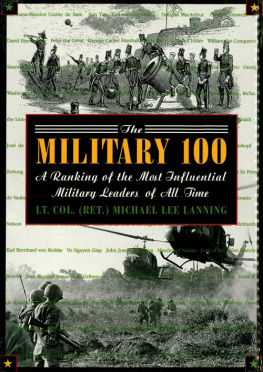
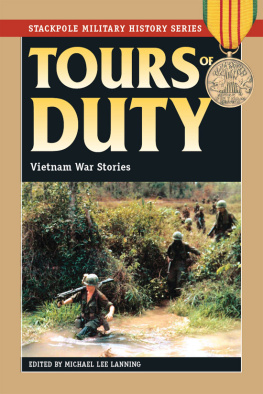

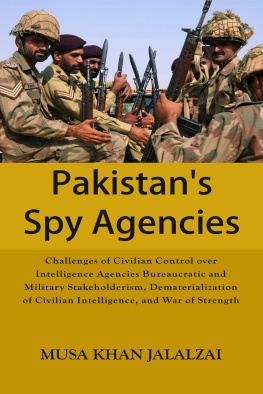
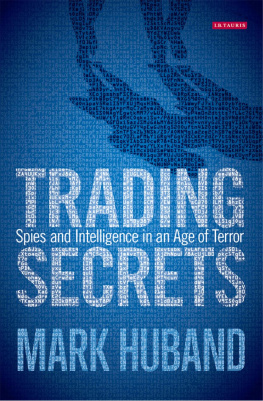
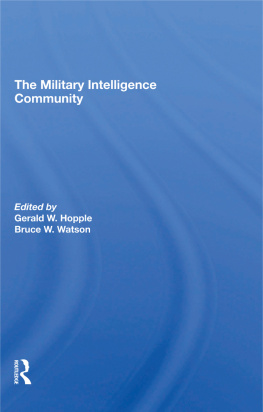
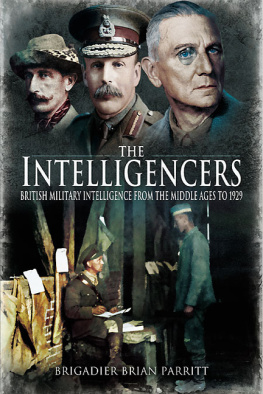


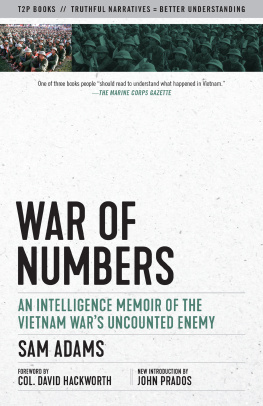
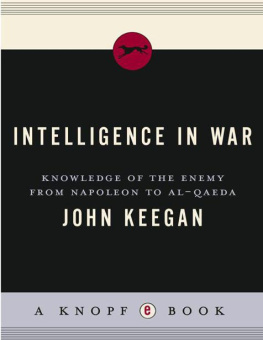

 The paper used in this publication meets the minimum requirements of American National Standard for Information SciencesPermanence of Paper for Printed Library Materials, ANSI/NISO Z39.48-1992.
The paper used in this publication meets the minimum requirements of American National Standard for Information SciencesPermanence of Paper for Printed Library Materials, ANSI/NISO Z39.48-1992.